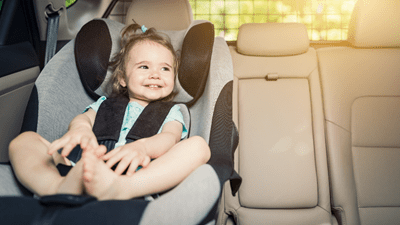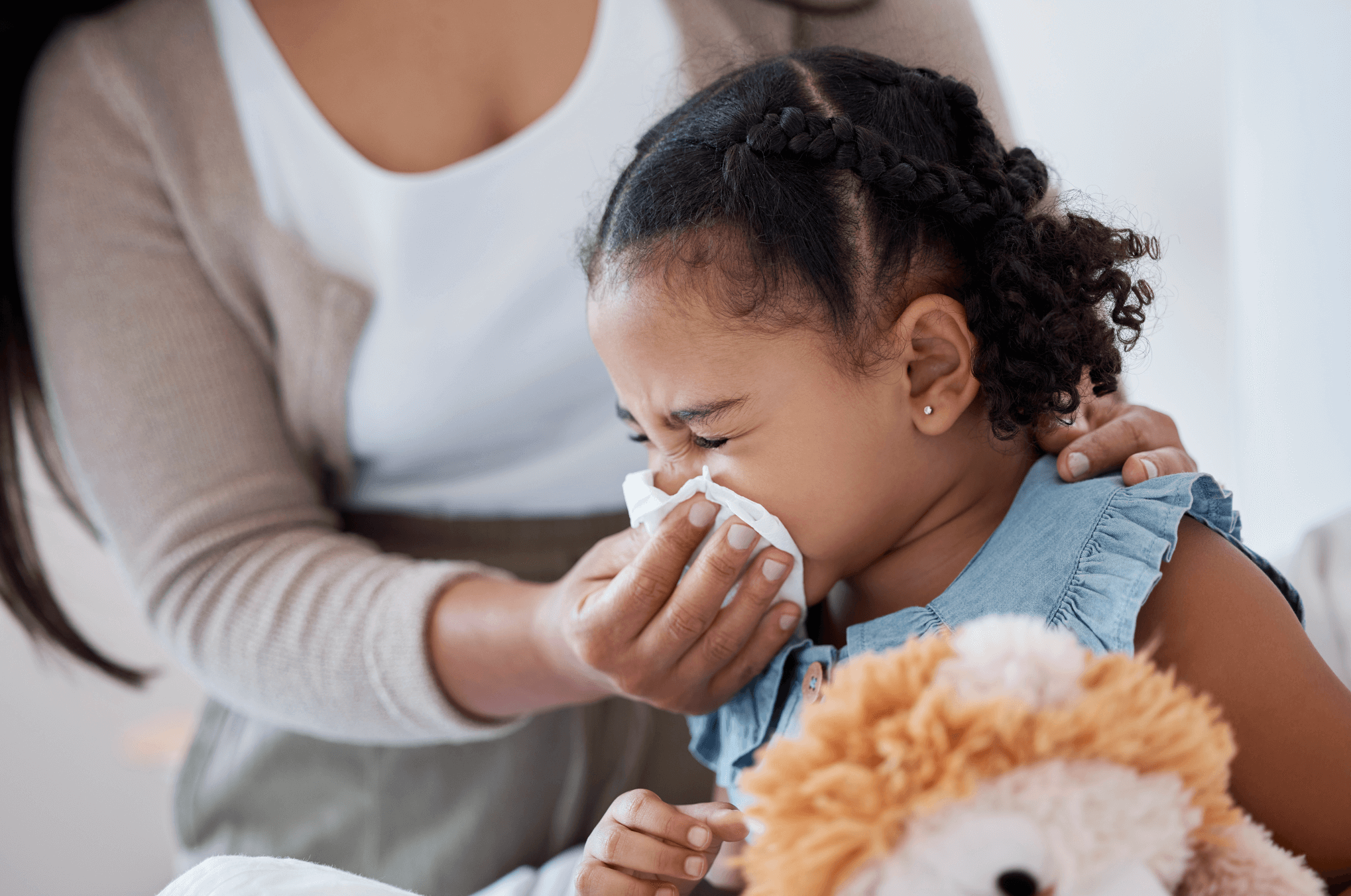Learn How You Can Keep a Child From Dying in a Hot Car
One of the greatest threats to your child’s health may be sitting in your driveway, and a life-threatening accident can occur in the blink of an eye. It’s not something we want to think about, but as parents we must think about the risk in order to prevent it from happening in our families.
Hot cars are responsible for dozens of children's deaths across the United States each year, according to the National Safety Council. Perhaps the most heartbreaking part of it all is that these accidents involving pediatric vehicular heatstroke (PVH) are preventable. The loss of life and the devastation of a family doesn’t have to happen.
Here’s Why Children Die in Hot Cars
We say this a lot in a children’s hospital – children aren’t just small adults. Their little bodies are often susceptible to problems that full-grown bodies can better manage, and heat is one of these. A child’s body heats up as much as three to five times faster than an adult’s, in large part because they can’t regulate their own body temperature as easily.

When you combine this with the fact that cars can heat up very quickly – rising up to 20 degrees in 10 minutes – you can see how a dangerous situation can occur. The National Weather Service considers a heat index of 90 degrees Fahrenheit and above to be a significant health concern, yet a dark dashboard or car seat can easily reach 180 to 200 degrees. The way cars are designed makes them efficient at heating the air trapped inside, making it a dangerous place for children to be left unattended. Even cracking a window or running the air conditioning does little to relieve the heat once the car is turned off.
Here’s another unsettling fact: according to the National Weather Service, if the weather outside is a (comfortable for Floridians) 80 degrees, a car can heat up to an unsafe 94.3 degrees in two minutes. Two minutes! That means there is absolutely no span of time in which it is safe to leave a child in a hot car.
Here’s What You Can Do to Prevent It
Check, double check, and then check again.
Life with kids is chaotic, and even loving, attentive parents can become busy, distracted and forgetful. Here are some simple safeguards you can incorporate into your everyday routine to add an extra layer of protection against a hot car accident.
- Make it a habit to check the backseat before you lock the car and walk away.
- Try to avoid distractions while driving, especially the use of a cell phone.
- Be especially vigilant if there is a change in routine – double check who is taking your children and where they are supposed to be.
- Make a habit of keeping your purse or work bag in the backseat so you’re forced to check the backseat before getting out of the car for work.
- Alert babysitters and other caregivers who drive your children of the risks of hot cars.
- Talk to your children about never playing inside the car.
- Keep your car keys out of reach of your kids.
- Keep the car locked at home so children can’t sneak inside while playing or hiding.
- Never leave children in the car unattended, even for a moment.
The American Academy of Pediatrics advises that if a child is missing, you should check the pool or other bodies of water first, then check the car next (including the trunk). These are the places where serious injury or death often occurs the fastest.
If you see a child unattended in a car and are concerned for their well-being, call 9-1-1 immediately.
Are You Interested in Learning More?
Sign up for our e-newsletter for more tips and best practices from pediatricians.
Sign Up Here










